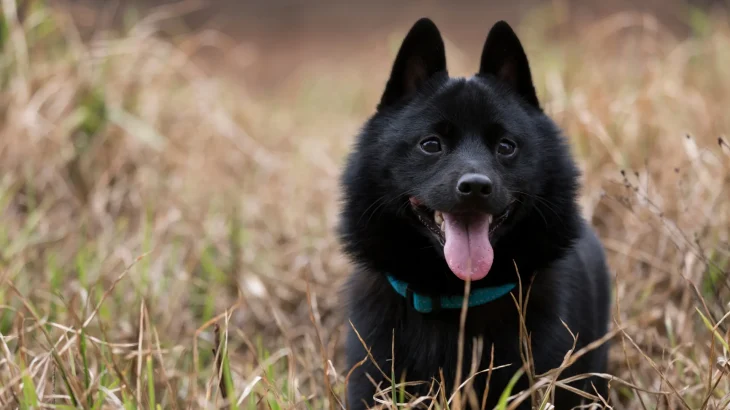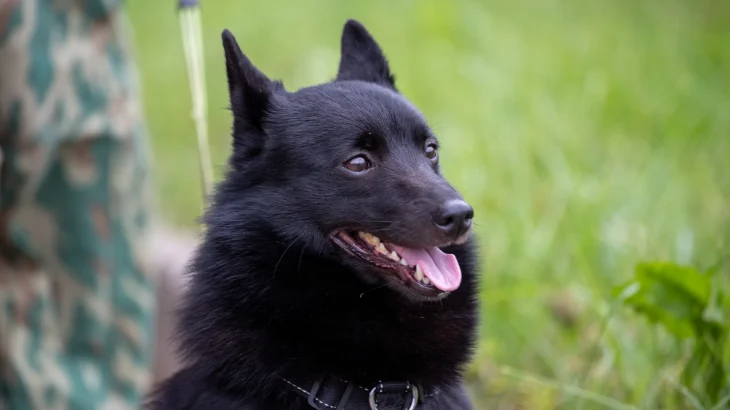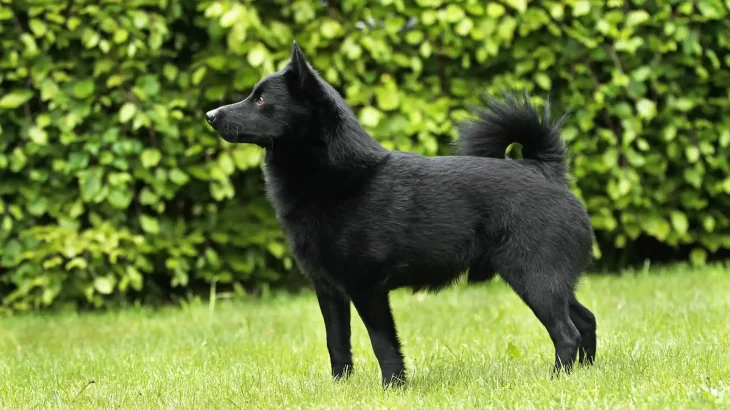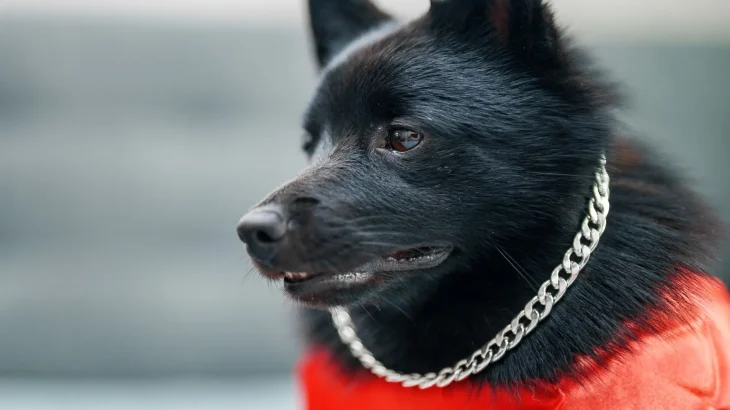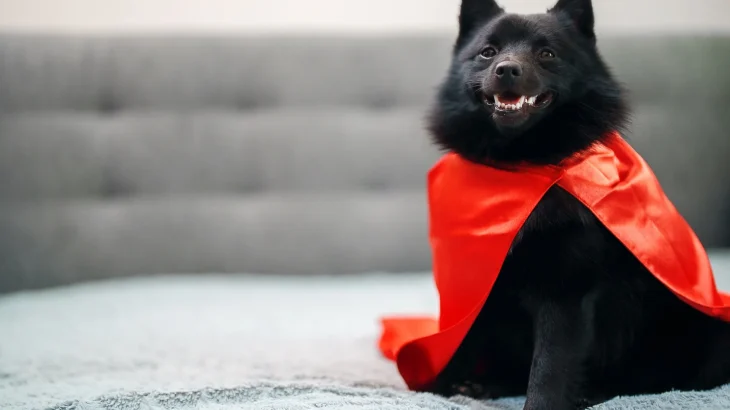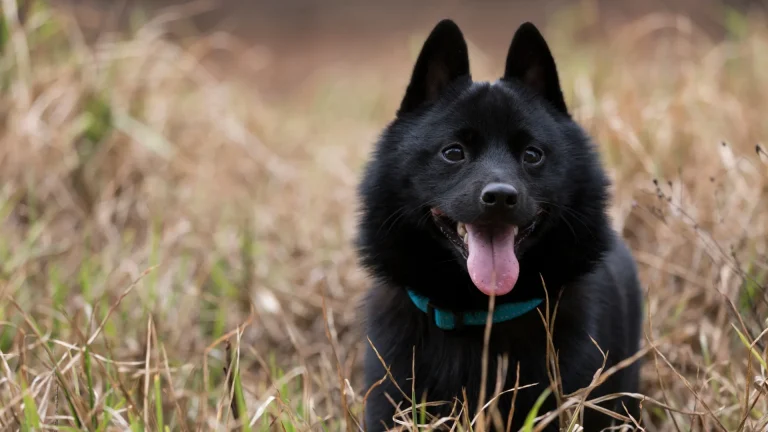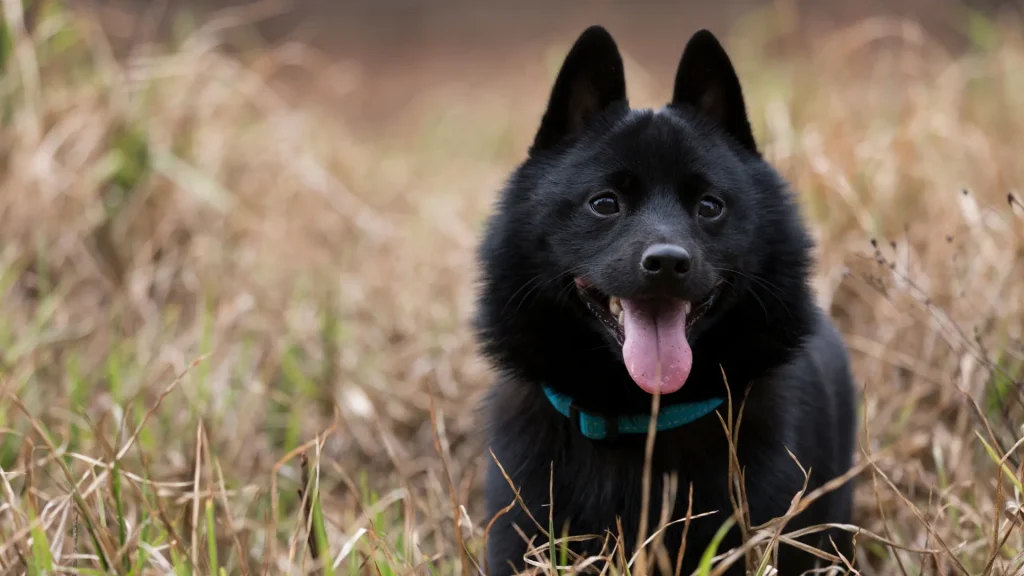When deciding to welcome a Schipperke puppy into your home, you can choose between adopting from a shelter or purchasing from a breeder. Each option offers unique benefits and considerations, especially regarding the puppy's background and health assurances.
Adoption vs. Breeder: Pros & Cons
| Criteria | Buying from Breeder | Adopting from Shelter/Rescue |
|---|---|---|
| Cost | Generally higher, reflecting purebred status and breeding costs. | Lower fees, often covering vaccinations, spaying/neutering, and microchipping. |
| Health History | Detailed screenings and genetic tests by responsible breeders. | Health history may be limited; shelters offer basic evaluations. |
| Age Availability | Primarily puppies, letting you raise them from the start. | Varies widely, from puppies to adults. |
| Temperament Insight | Breeders provide insights based on lineage and parents. | Shelter staff share observed behaviors, but backgrounds often unknown. |
| Supporting Practices | Supports responsible breeding focused on health and standards. | Supports animal welfare by rehoming dogs and reducing overpopulation. |
| Risk of Genetic Disorders | Lower if breeder tests for diseases like MPS IIIB and others. | Risk may be higher due to unknown lineage; shelters assess basic health. |

